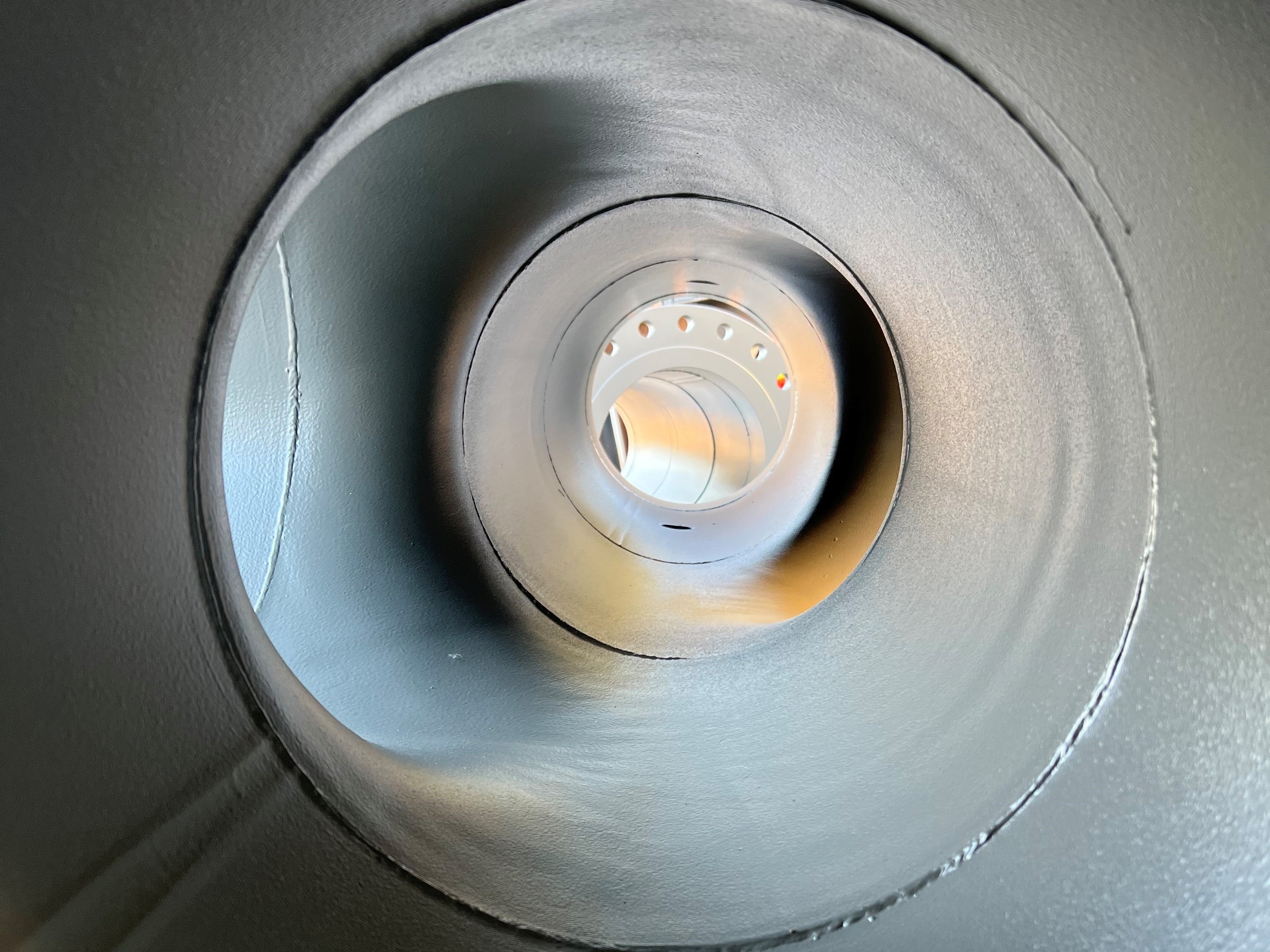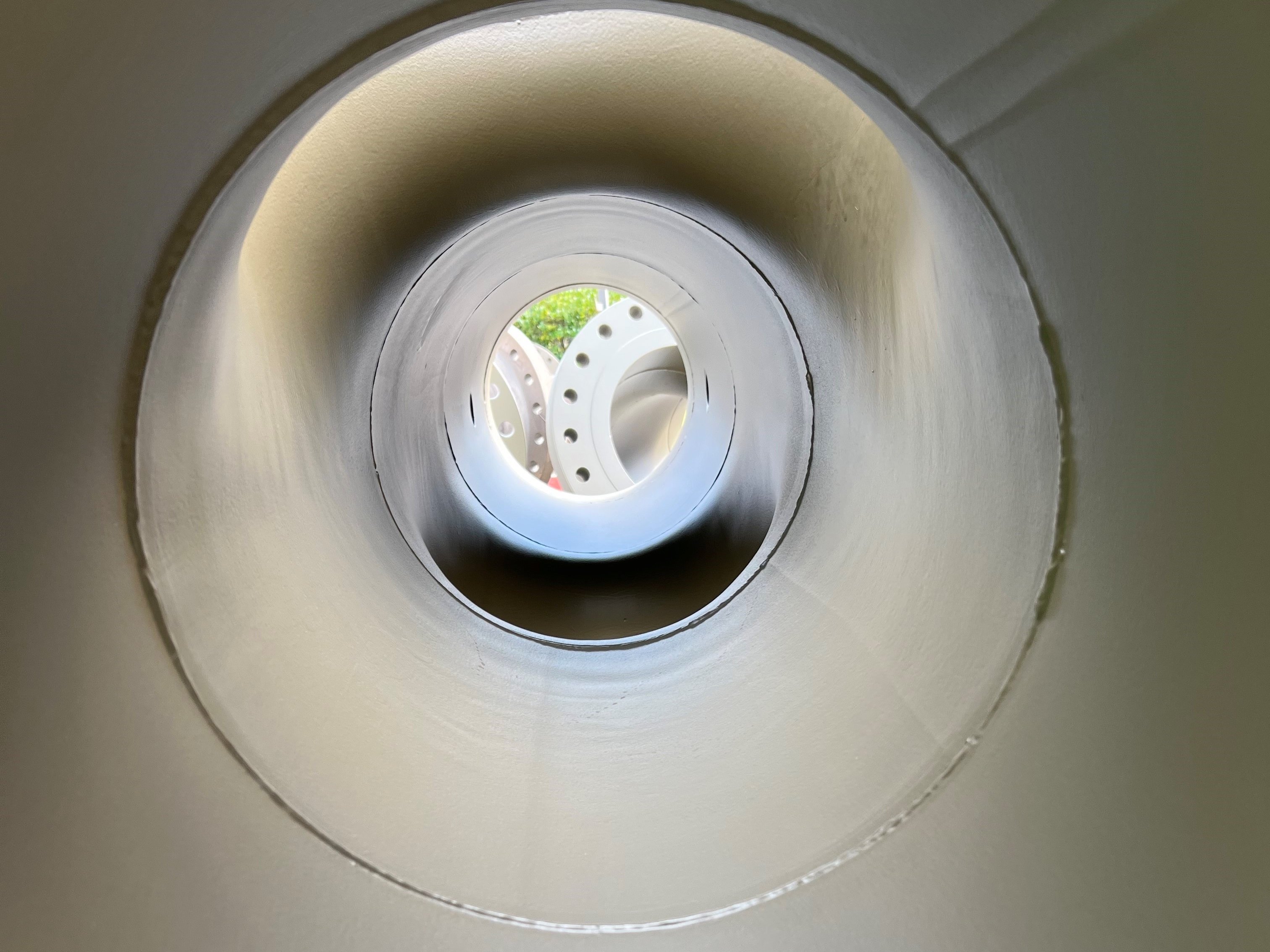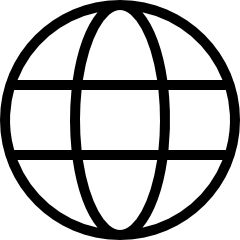489 pipe segments lined with SÄKAPHEN’s Si 570 AR for seamless on-site fitting
SÄKAPHEN Si 570 AR
Hydraulic fracturing, or fracking, is a drilling method used to extract oil or natural gas from deep in the Earth. In the fracking process, cracks in and below the planet’s surface are opened and widened by injecting water and sand at high pressure. Well water pumping stations and their related pipework are therefore a vital element of facilities in this sector – and protecting their substrates against a wide range of agents and mediums is paramount to avoid corrosion and erosion.
For one of its recent projects, an international US based oil and gas major located in New Mexico built a new well water pumping station boasting an impressive total of 489 pipe segments, up to 18” in diameter and 20” in length. The aggressive medium with which they come into contact is brackish water to be used in a fracking operation geared towards hydrocarbon exploration. This has a high chloride content and a MIC (minimum inhibitory concentration) value that causes bacteria proliferation.
For the protection of its spools’ surfaces, the customer relied on the consummate expertise of GARTNER COATINGS (Houston), one of SÄKAPHEN’s authorized applicators in the USA.
GARTNER has been a leader in the market of high-performance coatings and linings since 1923. Able to treat any structure, no matter how complex-shaped, and produce high quality results through advanced equipment, it always meets its customers’ standards and expectations. It is the application specialist in the US for metalizing, baked-on thin film technology and acid liners for the transportation market.
In the case of the New Mexico’s project, GARTNER COATINGS did not limit its service to lining application and the corresponding QA/QC activities including documentation, but it also inspected each weld for deficiencies prior to coating application. Its lining performance level and its QC staff also fully trained in welding inspection were indeed the two pivotal reasons why GARTNER was chosen for this task.
Following an initial evaluation aimed at understanding the needs of the project and customer, it emerged that both a polyethylene (PE) lining product applied by a different party and SÄKAPHEN’s lining solution were being assessed. One of the main issues taken into consideration was that once the finished spools were delivered, they underwent an on-site fitting step in which about 10% of them had to be modified in the field to fit the unit. This entailed time-consuming operations and very high costs for lining as well as transportation, also considering that the PE lining factory was about 1,200 miles away from the project site, which kept the tight installation timeline moving forward.
This is where SÄKAPHEN’s Si 570 AR stepped in.
Developed through SÄKAPHEN’s extensive experience in the protection of pipework, spools, and columns in the petrochemical, chemical, power generation and waste water industries, Si 570 AR is a high quality, single-component, hydrophobic epoxy-phenolic thermosetting coating. It is self-priming and formulated for direct application on metal. It produces hard and elastic surfaces with exceptional hydrophobic properties, preventing caking, fouling and incrustation. It was perfect for this pipework application project thanks to its high chemical resistance properties, its proven track record, the applicability regardless of the structure’s size and geometry and the possibility to repair it directly in the field in the face of on-site welds or modifications to fit the pipes into the unit.
That is why the client in New Mexico opted for SÄKAPHEN Si 570 AR, offering excellent chemical and mechanical resistance to saline water, and for GARTNER as its partner, with the vast technical experience required to repair the lined areas affected by the on-site fitting operations with original heat-cured coating material directly in the field. The advantages of this game-changing choice have been immediately clear: the customer can now perform smooth on-site fitting on coated pipe segments, increasing efficiency and reducing the time and costs required for both spool lining operations and transportation, as well as their related carbon footprint.


